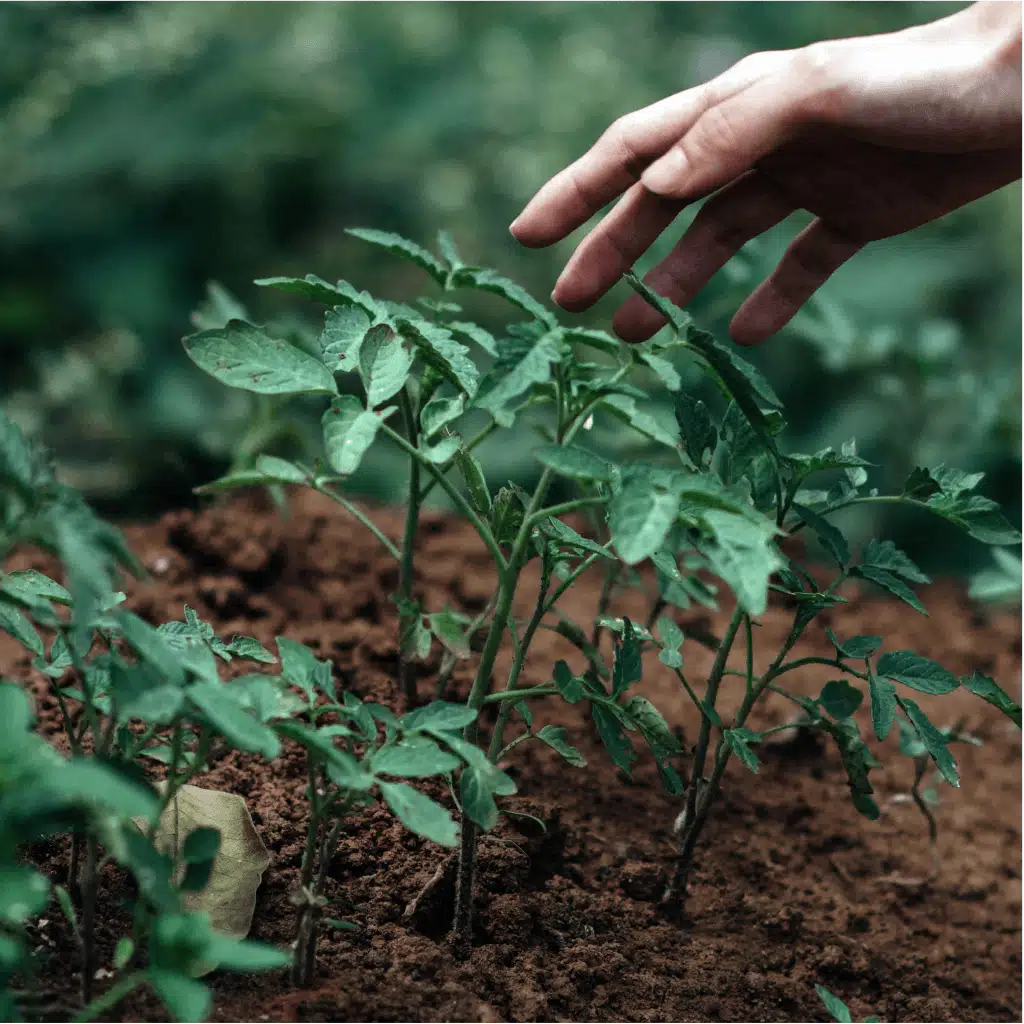Phosphorus application in agriculture is essential to increase crop production efficiency and maximise yields. Phosphorus is an essential nutrient for plants as it plays a key role in energy transfer, photosynthesis and cell division.
By providing adequate amounts of phosphorus, plants develop stronger root systems, resulting in better nutrient and water uptake, and improved resistance to disease and stress factors. In order to optimise phosphorus utilisation, it is important to carry out soil tests and target fertilisation based on the results to avoid over-application of phosphorus, which can lead to environmental problems such as water pollution and eutrophication.
Sustainable agricultural practices can help balance productivity and environmental protection.
Why is phosphorus important for plants?
Plants have a significant phosphorus requirement in two phases:
- At rooting, during the establishment of the root system.
- During flowering, when the seeds are growing out
How much phosphorus is in the soil?
Soil tests indicate that soils below 50 ppm are considered poor, but even in these soils there is a significant amount of phosphorus at a depth of 30 cm, 195 kg/ha.
When is phosphorus needed?
The amount of phosphorus in the soil decreases due to uptake by plants. This makes it necessary to return the amount removed to the soil after harvest. Danuba Garden products include Asco Start Bio Bakter high phosphorus content helps energy-intensive rooting.

What affects the absorption of phosphorus?
- Soil pH: Plants are best able to take up phosphorus at a pH between 6 and 7.
- Soil temperature: the uptake of phosphorus is ensured by soil microorganisms, which become active at 10°C, with an optimum temperature of 20-28°C
The most important ones are related to phosphorus supply:
- Adjust the soil pH to a range between 6 and 7.
- Application of phosphorus when sowing in cold soil.
- Increasing the beneficial bacteria content of the soil.




